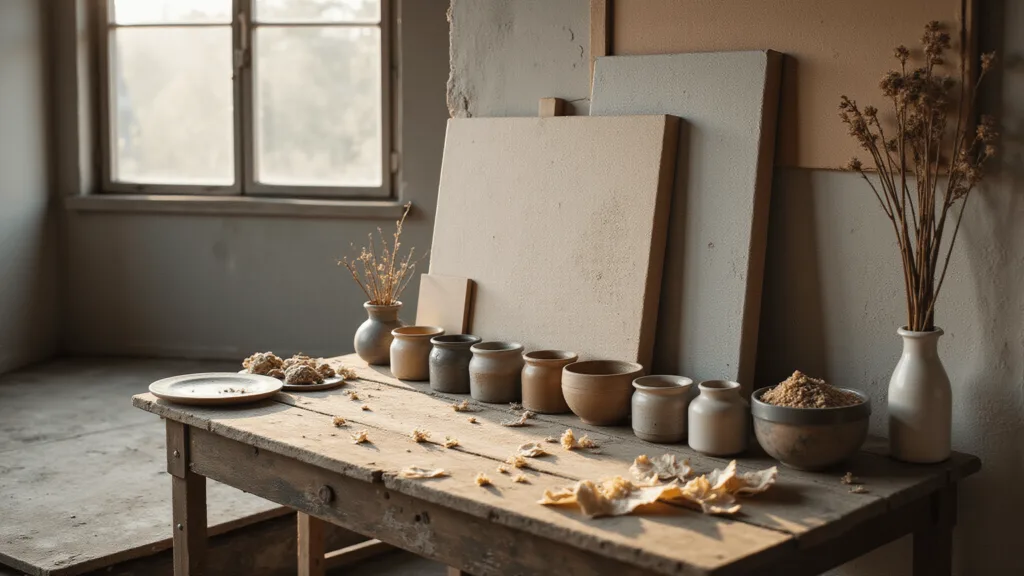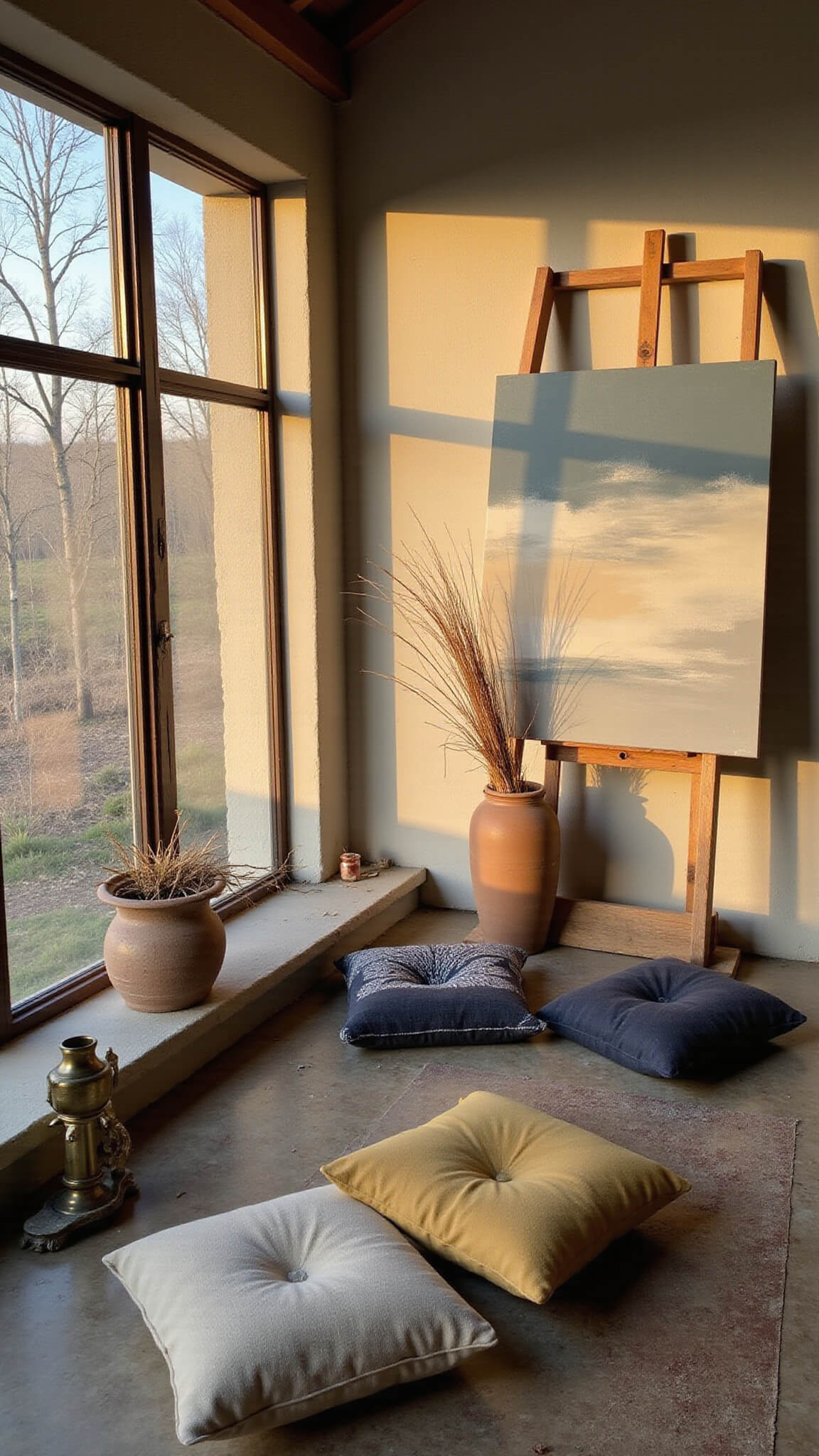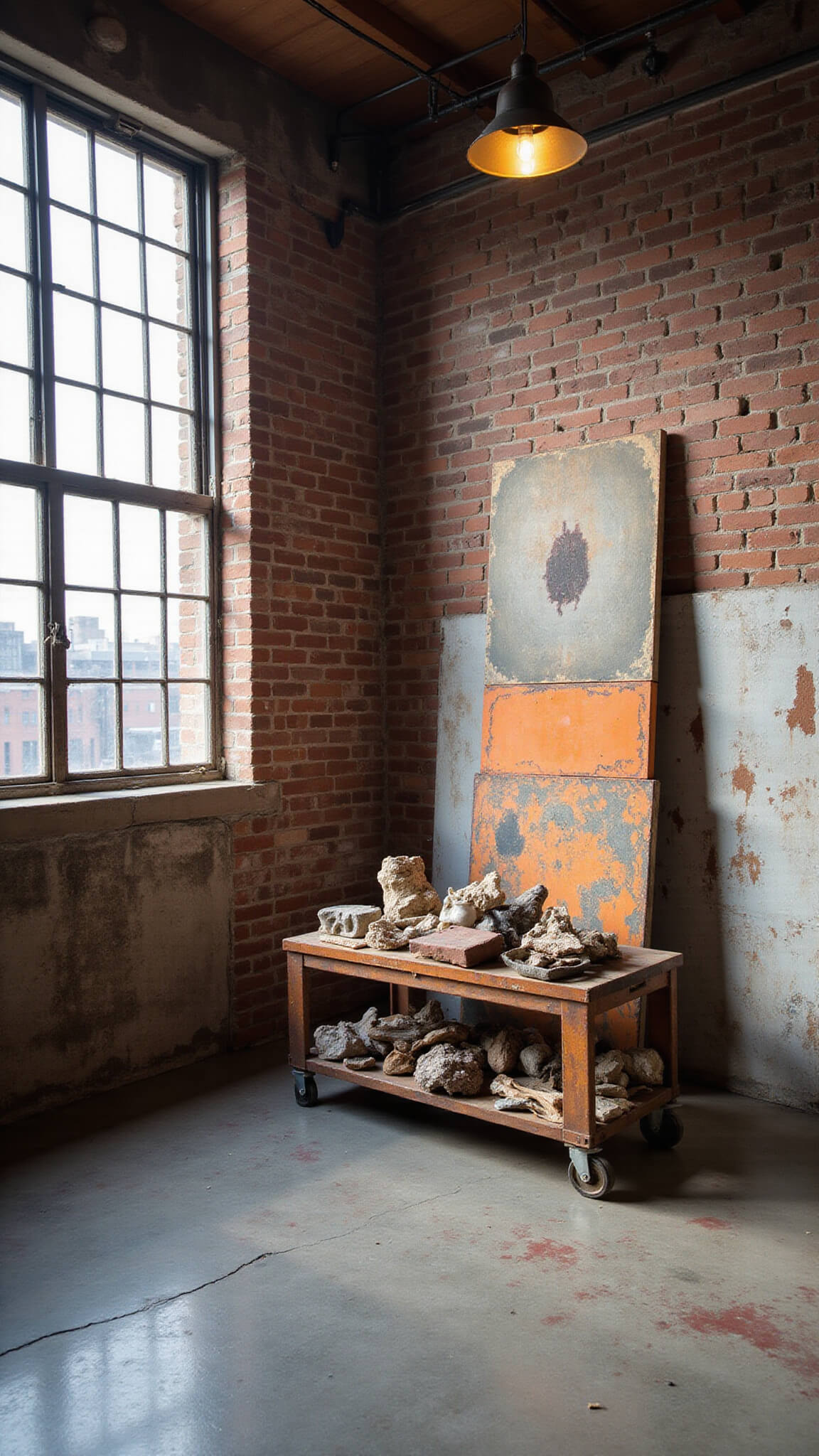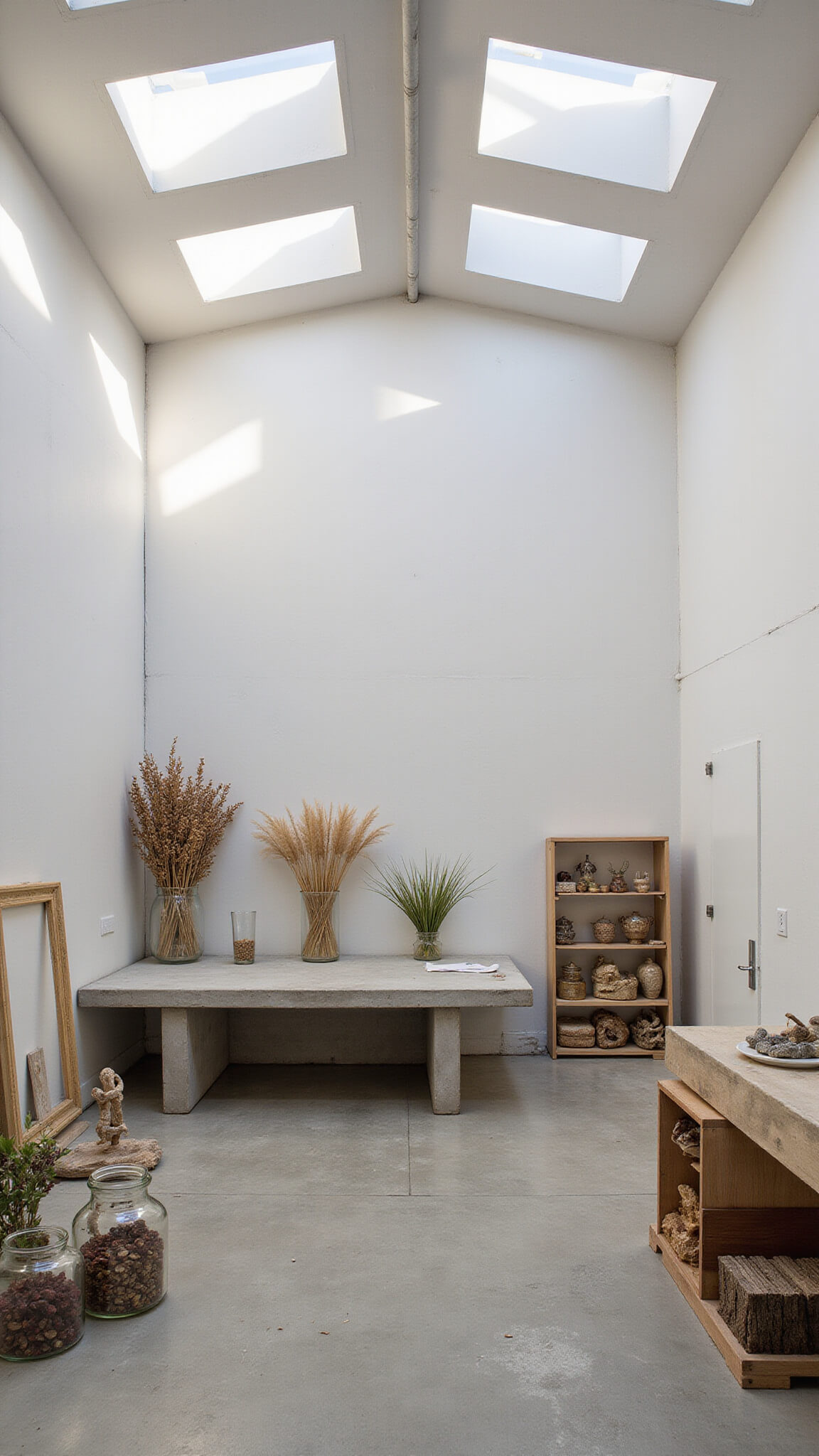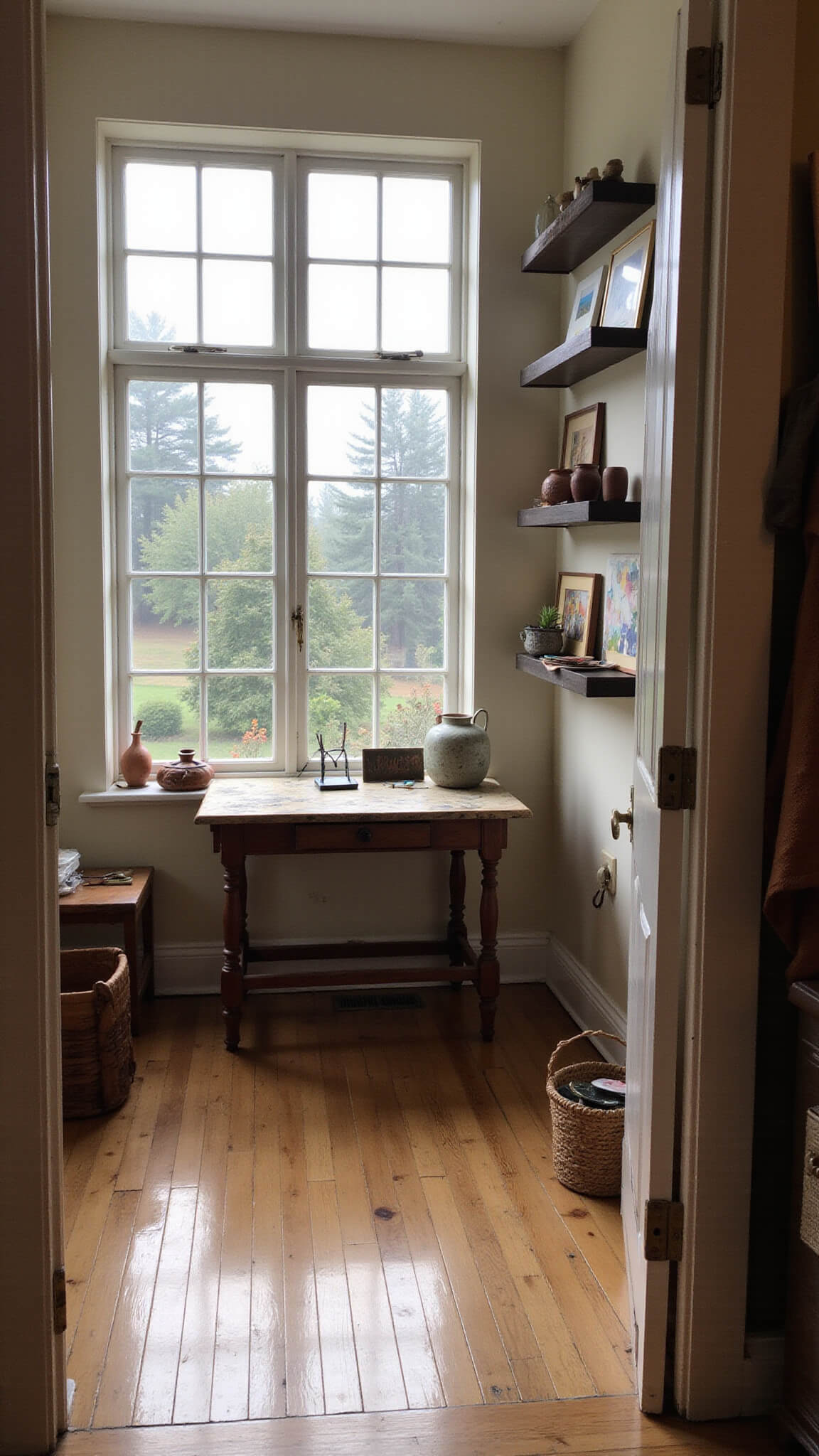Wabi Sabi Painting: Embracing the Beauty of Imperfection
Have you ever felt frustrated by the pressure to create perfect artwork? Wabi sabi painting offers a revolutionary approach that celebrates imperfection and finds beauty in life’s natural irregularities.

Understanding Wabi Sabi: More Than Just a Painting Style
Wabi sabi isn’t just an art technique—it’s a profound Japanese philosophy that transforms how we see beauty. At its core, wabi sabi teaches us to:
- Embrace Imperfection: Every crack, uneven line, and unexpected texture tells a story
- Celebrate Aging: Natural wear and tear aren’t flaws—they’re beautiful marks of time
- Find Simplicity: Less is more in wabi sabi art

Essential Materials for Your Wabi Sabi Painting Journey
Forget expensive art supplies. Wabi sabi is about connecting with natural, humble materials:
Recommended Supplies
- Earthy acrylic paints (muted browns, soft greys, gentle blues)
- Textured canvases or wood panels
- Natural objects (leaves, bark, stones)
- Palette knives
- Texture mediums like modeling paste
Techniques That Bring Wabi Sabi to Life
1. Textured Abstract Approach
- Mix sand or modeling paste into your paints
- Apply colors unevenly with palette knives
- Allow imperfect blending and unexpected textures
2. Natural Imprint Method
- Press leaves, twigs, or stones into wet paint
- Create organic shapes that feel alive
- Let accidents and unplanned moments guide your artwork
3. Layered Weathering Technique
- Build multiple paint layers inconsistently
- Allow some layers to peek through
- Mimic the look of aged surfaces like weathered wood or rusted metal
Pro Tips for Authentic Wabi Sabi Painting
Warning: These tips require you to let go of perfectionism!
- Work slowly and mindfully
- Accept “mistakes” as part of the creative process
- Use natural, muted color palettes
- Prioritize feeling over technical precision
Common Wabi Sabi Color Palette
- Soft mushroom browns
- Misty greys
- Pale sage greens
- Dusty blues
- Rust-inspired oranges
Mindset Matters: The Wabi Sabi Philosophy
Wabi sabi isn’t just about painting—it’s a way of seeing the world. Remember:
- Perfection is boring
- Impermanence is beautiful
- Every mark tells a story
Inspiration Sources
Where to find wabi sabi art inspiration:
- Pinterest boards
- Instagram artists
- Japanese art museums
- Nature walks
Final Thoughts
Wabi sabi painting liberates you from impossible standards. It whispers that you are enough, just as you are—beautifully imperfect, constantly changing, wonderfully unique.
Pro Tip: The most important tool in wabi sabi art? Your authentic, unfiltered self.

